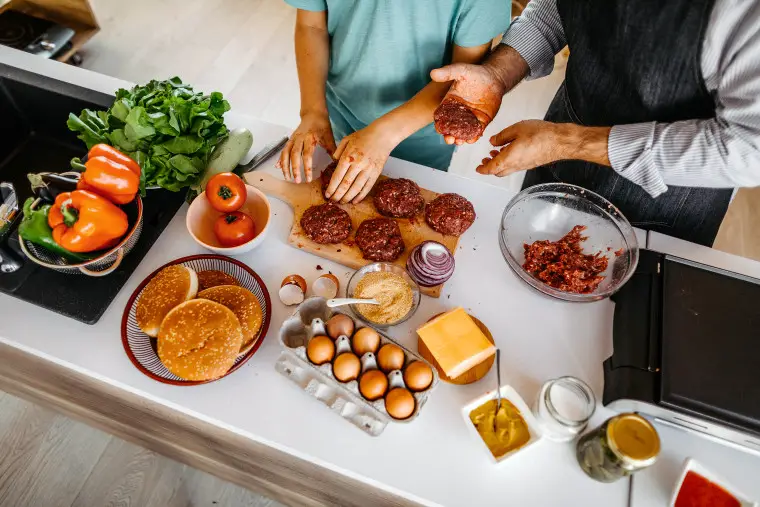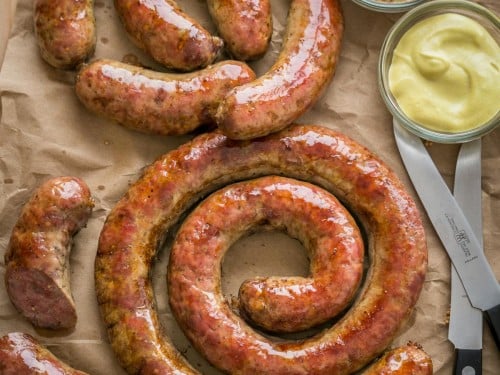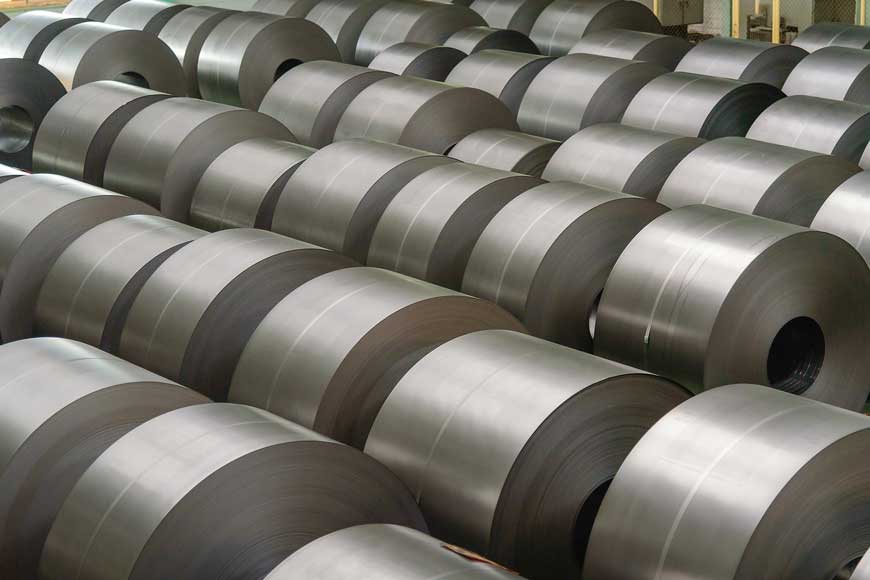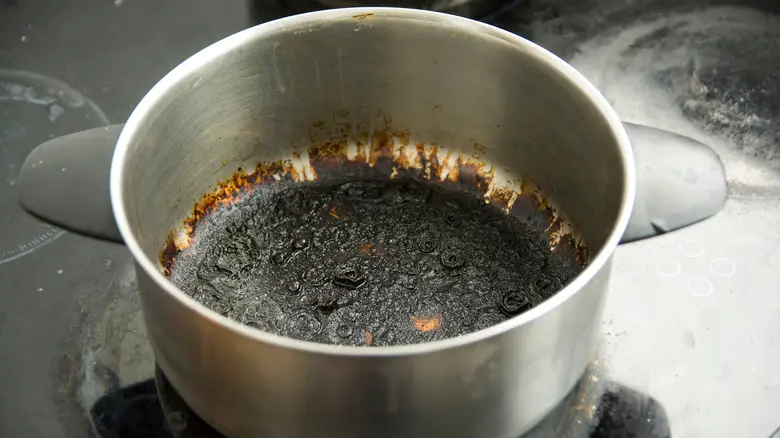Do Burgers Need to be at Room Temperature Before Cooking?
There’s a lot of debate surrounding whether or not burgers need to be at room temperature before cooking. Some people swear by it, while others don’t think it makes much of a difference. When it comes to food safety, there are important guidelines to follow, but is there a right or wrong answer when it comes to letting your burgers sit out before cooking? Let’s take a closer look.
The Science Behind Room Temperature Meat
Before diving into the intricacies of burger preparation, let’s talk about the scientific principle that lies behind the practice of letting meat come to room temperature before cooking: enzymatic reactions. Enzymes are proteins responsible for accelerating chemical reactions in cells, and they can be categorized as either catabolic (breaking down molecules into smaller ones) or anabolic (putting molecules together to form larger ones). In terms of culinary science and meat preparation, enzymes in meat will break down muscle fibers over time.
A few hours after death, muscles will naturally become tough as enzymatic reactions cause the connective tissue to shrink. The same natural enzymes can also be used for marinating meat or for starting dry-aging. However, these enzymes can only activate within a specific temperature range which is why some cooks recommend taking meats out of refrigeration to rest at room temperature before cooking.
Myth Busting: Reasons for Letting Meat Sit Out
One reason that letting your meat sit out before cooking was once commonplace was simply tradition – it was assumed this belief that the method would help make more juicy burgers. Others believe that because it’s easier for burgers to cook from room temperature rather than being cold from the fridge, therefore they would have a more evenly cooked result.
However, the USDA emphasizes that “leaving potentially hazardous foods, such as meat and poultry, at room temperature for more than two hours is not safe.” In fact, bacteria will grow on meat above 40 degrees Fahrenheit (4 degree Celsius), which can result in contamination (foodborne illness). Proponents of the practice of letting meat sit out argue that this only applies to cooked and/or ready-made food, which means raw meat should be exempt.
Pros and Cons of Cooking Cold vs Room Temperature Burgers
Pros
Some cooks advocate for starting with cold burgers. One such advantage is getting burgers to cook evenly from the inside all-out, with less likelihood of overcooking. At times they are quicker to cook uniformly without compromising taste.
Colder burgers have also been known to stay juicier throughout the cooking process. Since it takes longer to achieve a burger that’s cooked all the way through when it starts from room temperature, there’s more time for moisture to evaporate from the meat.
Cons
When trying to cook from cold all your patties may not finish cooking at the same time — resulting in some patties being well-done while others may remain raw. This usually happens because some patties will be thicker than others. Whether you’re cooking indoors or outdoors on a grill, heat distribution can play a big part in determining how your burger will turn out. A thicker patty may require longer cook times.
Benefits of Starting With Warm Meat
The most obvious benefit of using slightly warm meat is faster cooking time. There’s no need to wait for the center of the meat to thaw out before putting them on the grill or stove top (and thus saving you time and effort). That said, there are some arguments for using room-temperature or even chilled meat as well depending on what kind of burger you’re making.
If you’re grilling, one argument for using a cold patty is that it ensures the burger won’t cook too fast on the outside but remain raw in the middle. The idea is that the cold patty needs longer cooking time to reach an even temperature throughout, which means your burger will have less chance of being overdone. Another perk of using cold meat on grills is that not much smoke will be released (as there’s not much heat) which means less charring at prolonged periods of grill-roasting.
Temperature Guidelines for Burger Cooking
Internal Temperatures for Safe Eating
The USDA recommends cooking all ground beef products (including burgers) to an internal temperature of 160 °F (71.1°C) as a safety precaution against foodborne illness. At this temperature, all bacteria are destroyed, including E Coli and salmonella, presuming you have followed safe hygiene procedures and supermarket-bought meat has not been compromised in any way before consumption.
The Most Optimal Cooking Temperatures for Burgers
When it comes to how long it takes to cook your burger to the ideal temperature (above), opinions vary depending on who you ask. That said, general recommendations are: place burgers directly onto a preheated grill at high heat for about 3-5 minutes per side (for medium rare), 5-7 minutes per side (for medium), or 8-10 minutes per side (for well-done).
Cooking times may vary slightly when cooking indoors on a stovetop or oven but tend to follow the same guidelines depending on various factors, such as heat source strength/type of pan/size and thickness of the burgers being cooked.
Tips for Preparing Your Burger Before Cooking
If you’re not sure how to properly prepare your burgers before cooking, don’t worry – it’s easy. Start by making sure your meat is fresh/ hasn’t gone bad (use-by date, colour, smell). When using frozen beef, make sure to thaw it out completely before using it in your recipe.
- If you’re making homemade patties from scratch:
- Choose lean beef: At least 80% lean meat = 20% fat provides best results.
- Use water or breadcrumbs to help keep the patty together
- Egg white helps to hold everything above together
- If you bought pre-made patties:
- Make sure that there are no preservatives and/or additives.
Conclusion: Best Practices for Burger Preparation and Cooking
In conclusion, when preparing and cooking burgers, there’s no hard and fast rule about whether or not they need to be at room temperature before cooking. Simply ensure you are following safe food handling guidelines like storing at the right temperatures while making sure all meat is well cooked to kill any bacteria within.
Though prep work might vary from burger recipe to recipe (essentially trimming excess fat, grinding beef chuck for maximum flavor, blending mix-ins), it’s essential to work with fresh ingredients and maintain excellent hygiene procedures at all times.
Also, consider a reliable way of knowing the internal temperature of your burger while cooking so that you reduce foodborne illness risks.
This fantastic dish creates happiness in households worldwide regardless of having been left on ice versus room temperature.
1. Do I need to let my burger patties sit at room temperature before cooking?
Absolutely not! In fact, it’s best to keep your patties refrigerated until you’re ready to cook them. This helps keep the meat fresh and reduces the risk of bacterial growth.
2. Won’t cold burgers take longer to cook?
Not necessarily. Cold burgers may take a minute or two longer to cook than room temperature ones, but it’s worth the wait to ensure that your meat is cooked all the way through and has a nice crust on the outside.
3. What happens if I cook a frozen burger without letting it thaw first?
Cooking a frozen burger can result in uneven cooking, with the outside being overcooked while the inside remains raw. It’s always best to let your burger thaw completely before cooking it.
4. Can I marinate my burger patties before cooking them?
Of course! Marinating your burgers can add extra flavor and tenderness to your meat. Just be sure not to marinate for too long – 30 minutes to an hour is usually enough time for the flavors to infuse without compromising the texture of the meat.







